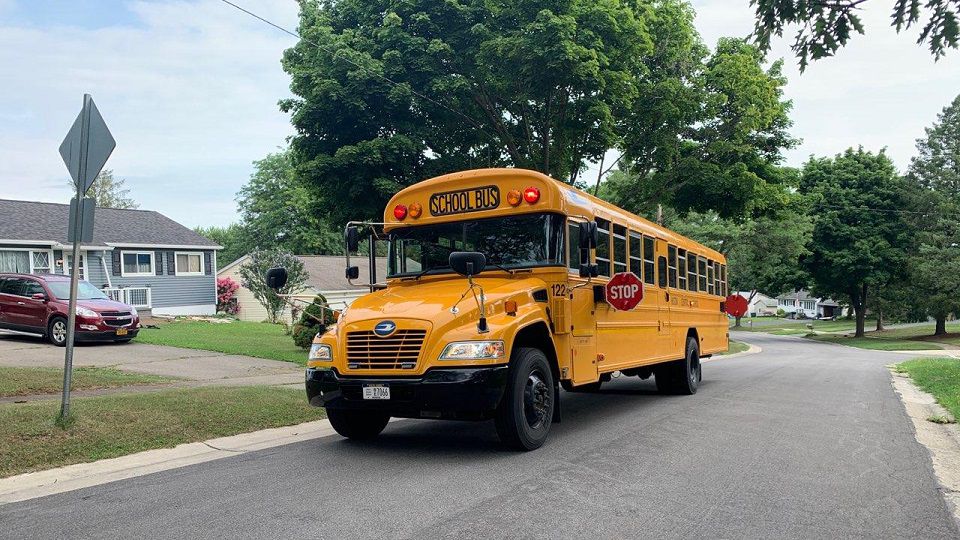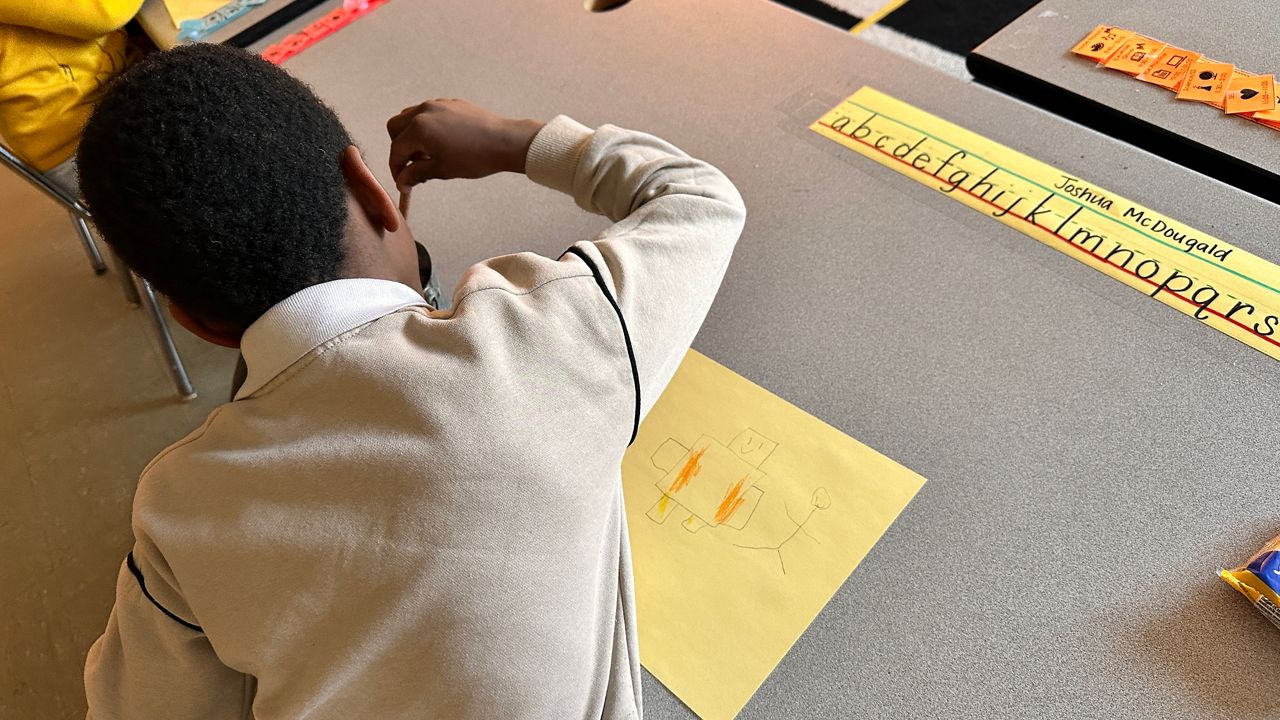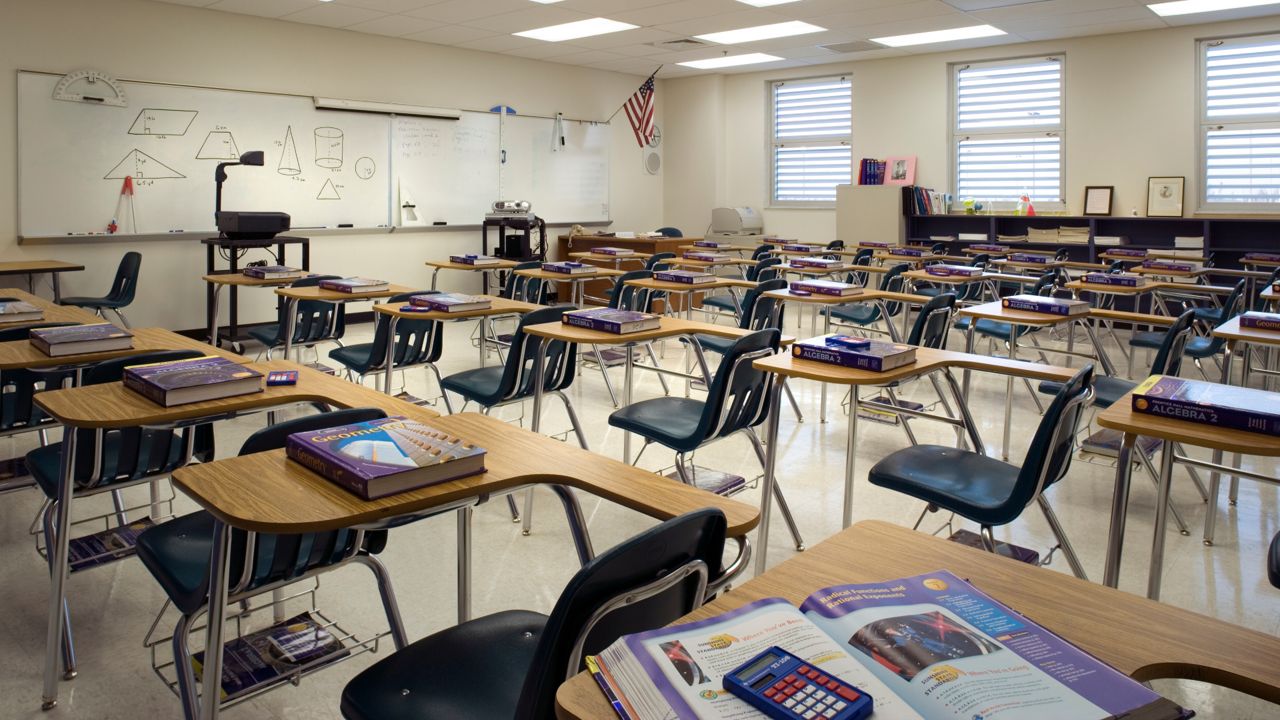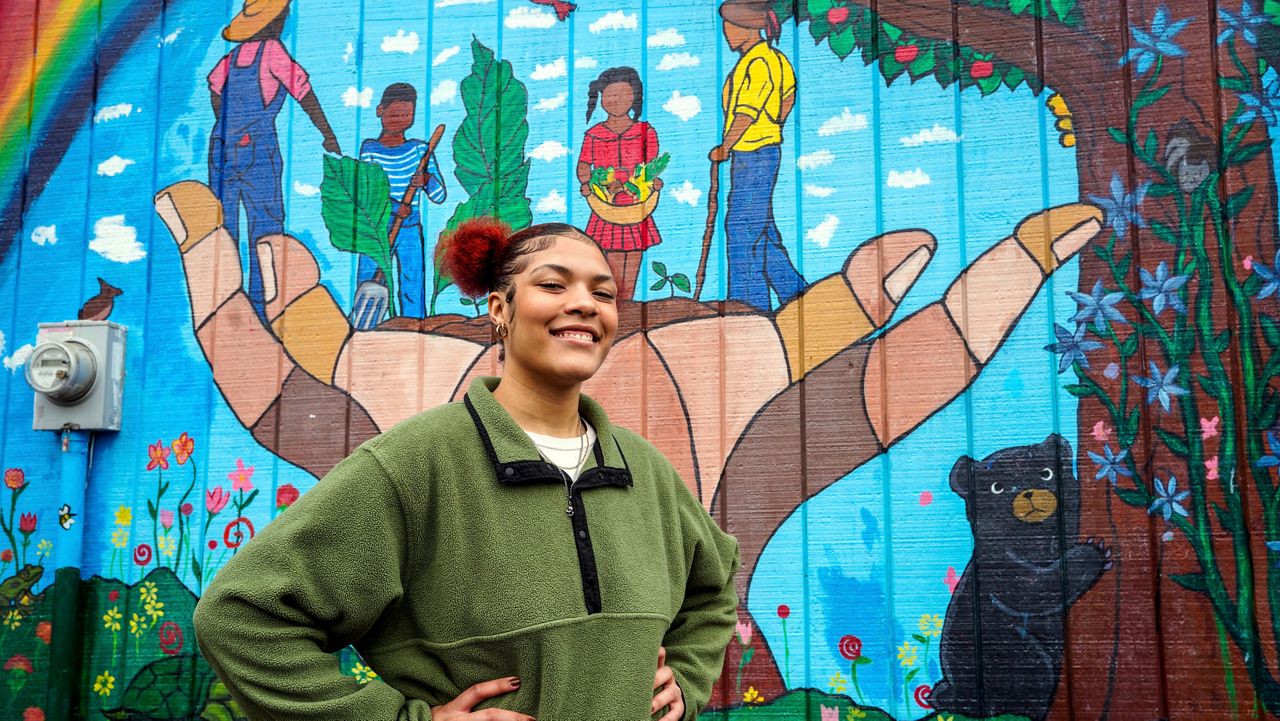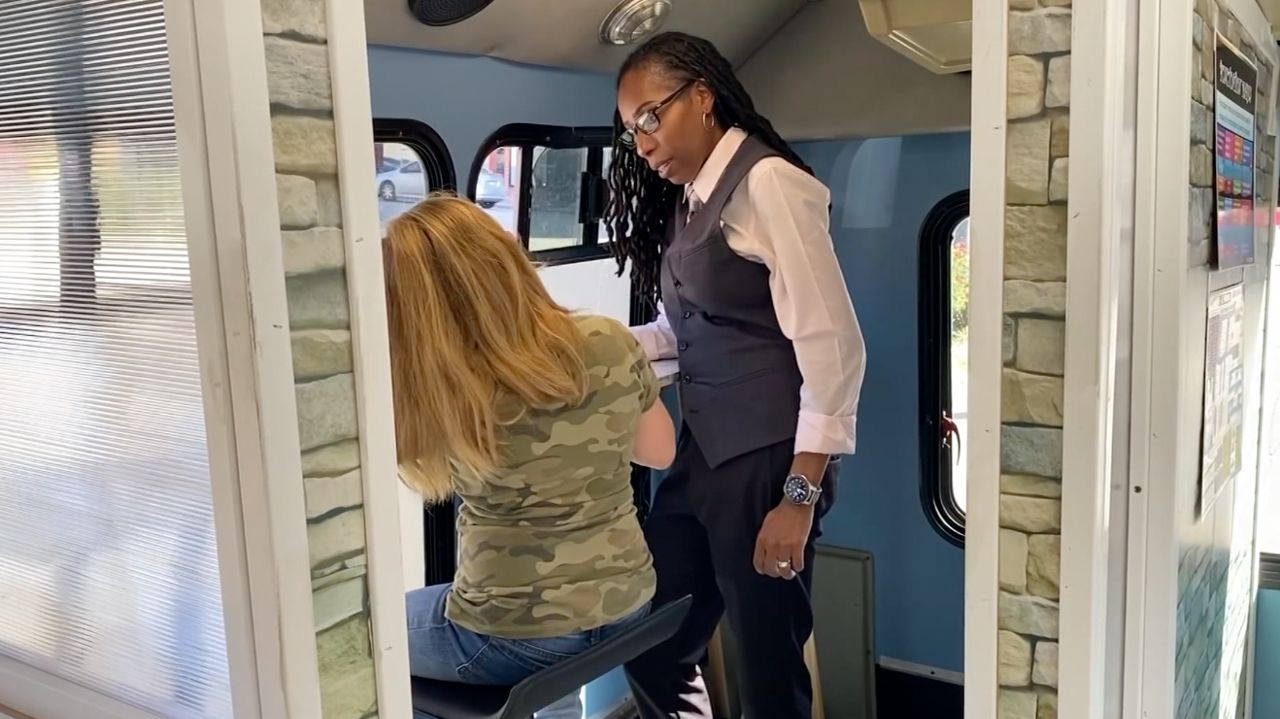College students are starting to move back into their dorms. Younger students in North Carolina’s traditional-calendar schools are getting ready to start a new year in a couple short weeks.
North Carolina’s coronavirus case numbers have seen a bump in recent weeks, fueled by yet another new variant. But more than two years into the pandemic, the debate has changed.
School boards in North Carolina, for the most part, have dropped the heated, divisive discussions on masking. Vaccines are widely available, even for the youngest students. And most of those who are not vaccinated have some immunity because they have already had the virus, public health experts say.
With a new term on the horizon, here’s what we know about COVID to start the third school year of the pandemic:
COVID numbers in North Carolina have gone up over the summer, this time driven by the BA.5 variant.
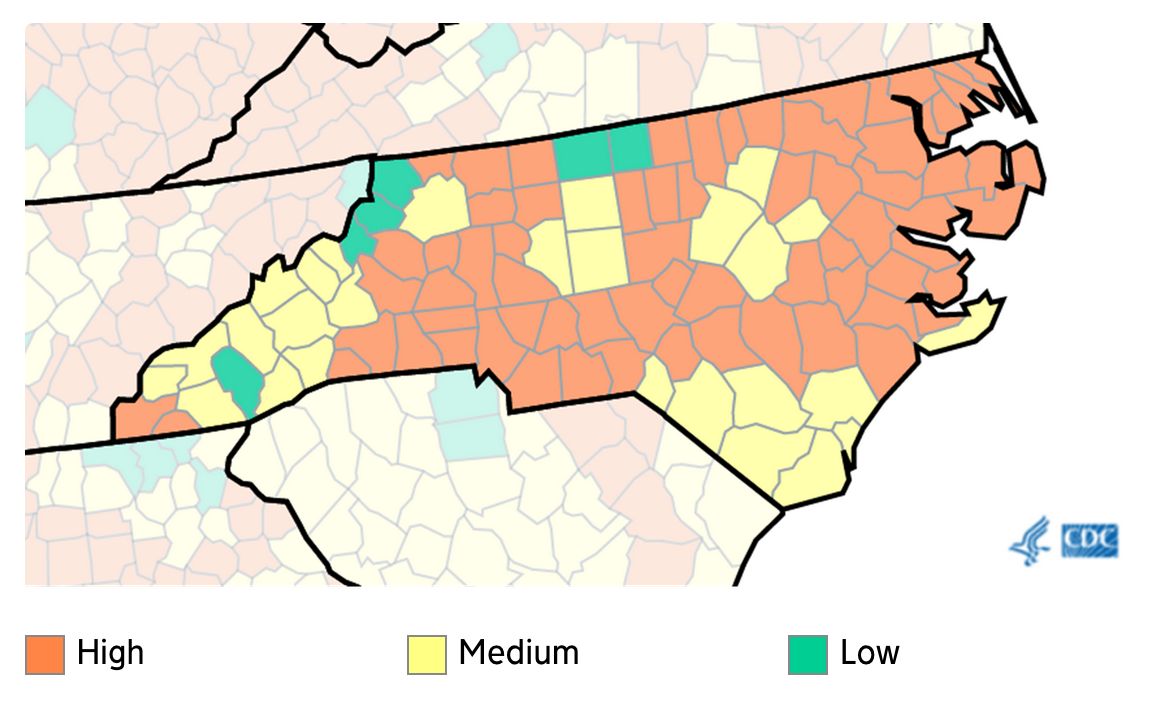
There are more than 1,350 people in the hospital with the virus, according to the Department of Health and Human Services. North Carolina hasn’t had that many COVID patients in the hospital since late February.
Wastewater monitoring, a measure of how much virus is in wastewater around the state, continues to increase. With people doing more at-home tests, public health officials use wastewater monitoring as a more dependable measure of how many people are infected.
Health officials say that fewer people are ending up in the hospital or in intensive care because of vaccinations and new treatments for people at risk of COVID’s worse symptoms. DHHS data shows that on average there were 152 patients with the virus in intensive care units around the state.
Out of 100 counties in North Carolina, 67 are considered “high risk” by the Centers for Disease Control and Prevention. The CDC advises people to wear masks in public indoor areas in high-risk counties.
“Over 95% of the population in most of our districts will either be vaccinated, infected or both in the past 12 to 18 months, which puts both children and adults in the school setting at a good situation for COVID,” said Dr. Danny Benjamin, a Duke pediatrician who studied masking in schools during the pandemic. He also advised Wake County schools on COVID policies.
Statewide, about 63% of people are fully vaccinated, according to DHHS data. About 59% of people in North Carolina have received at least one booster shot.
Vaccines are now available for all age groups, including the youngest students.
The highest vaccination rates in the state are in the Triangle. Dare and Hyde counties on the coast, Green County in the east, and Buncombe County in the mountains all have vaccination rates about 65%, according to DHHS data.
"There are some counties in North Carolina where the vaccination rates are quite low,” Benjamin said. But, he added, “The combined total of vaccination plus infection is really a high number in each of the counties in North Carolina.”
No public school systems in North Carolina plans to require face masks at the beginning of the school year.
“We are not hearing a whole lot of talk about COVID issues from our members,” said Leanne Winner, head of the North Carolina School Boards Association. Her group represents school boards from across the state.
“Our members are more focused on staffing issues and school safety,” she said.
“We’re at a point in the pandemic where most of the schools act most of the time as though we have moved from an acute pandemic stage back to a focus on education and student emotional wellbeing and the total health of the student,” Benjamin said.
“That’s good news not only for parents and children but also for administrators and school boards,” he said.
Benjamin, who spent much of the last two years figuring out how to keep COVID out of schools, said requiring masks in schools should be a last resort.
He said it’s time for school health policies to get back to more routine approaches to keeping school staff and students healthy. Think of how schools handled the flu in 2019, he said.
But his research does show that if schools get a serious outbreak, whether that’s COVID or the flu, masks can slow the spread.
“Implement masking only if it’s to keep the school open or if it’s in a special circumstance, like we get a new variant in the future,” Benjamin said.
If a virus got so bad that it threatened to shut down a school with teacher absences, that’s when a school should consider a new mask mandate, he said.
“If they get a new variant or have a large number of infections, whether it’s influenza, RSV or any other virus, then they have tools at their disposal,” Benjamin said.
Benjamin said anyone who is medically vulnerable should be vaccinated and, if they’re eligible, boosted.
“Any child who’s particularly vulnerable or at higher risk medically, clearly you should be in touch with your child’s pediatrician,” he said. “Wearing a mask for that particular child is not as well researched as universal masking but probably helps some.”
“It’s something that parents could do if they so choose,” he said.
For staff and students with at-risk family members at home, he said they should use at-home tests to make sure they are not bringing the virus home.
Research published recently by Benjamin and Duke Medical’s ABC Collaborative found that when children get COVID at school they generally only transmit that to someone at home 25 to 30% of the time.
The main message from Benjamin is that this year schools should be ready to get back to educating students, without face masks, but be ready to respond in case there’s a big virus outbreak, whether that’s the annual flu or a new spike in COVID cases.





